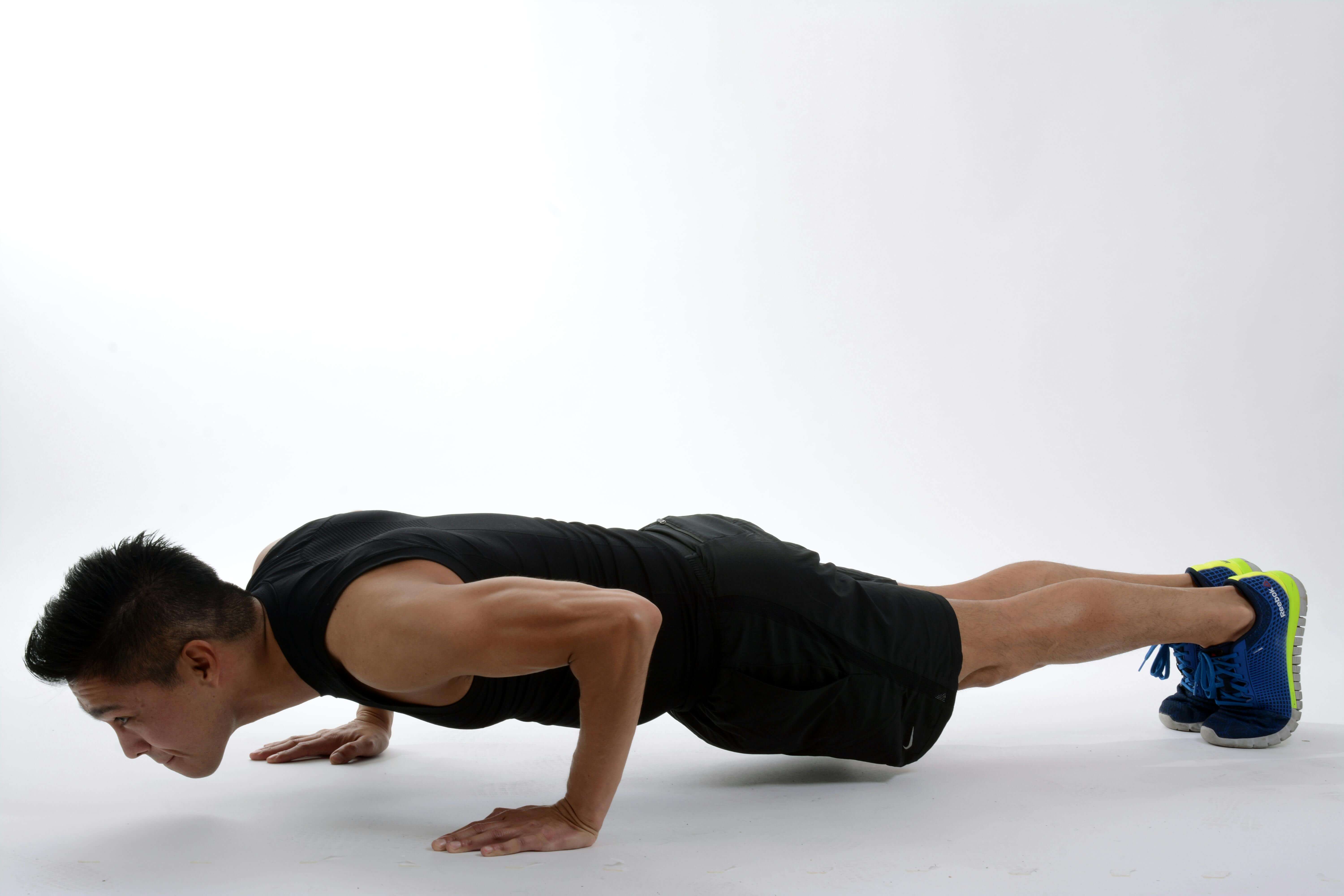Push-Up Calculator: What’s Your Body Weight Doing?
Hey, fitness fans, want to know how much of your body weight you’re actually supporting during push-ups?
This calculator pulls from a 2011 study by Wurm and friends to break it down—whether you’re sticking with standard push-ups, raising your hands for an easier go, or lifting your feet for a challenge. Type in your weight, pick your variation, and there you go—real numbers, backed by science.
How This Thing Works
Back in 2011, some sharp researchers—Ebben, Wurm, and the gang—published a study in the Journal of Strength and Conditioning Research. They tested ground reaction force (GRF) in push-up variations, keeping hands right under the shoulders. Here’s what they found:
Standard Push-Ups:
Hands Elevated:
Feet Elevated:
Good news: Men and women show the same kinetic patterns. No differences there.
The classic, your starting point.


Less GRF, lighter effort—great for building up.
More GRF, tougher work—perfect for leveling up.

GRF is the force the ground pushes back with—not quite "weight lifted" like you’d think with a dumbbell. So, we’re going with "body weight supported" to keep it accurate. It’s the real deal either way—shows what your upper body’s handling.
Give the Calculator a Shot
Enter your weight—pounds or kilos, your call—choose a push-up style, and see what you’re working with. It’s simple, it’s fast, and it’s based on legit research. Try it out and impress yourself.
The Details
Ebben, W. P., Wurm, B., VanderZanden, T. L., Spadavecchia, M. L., Durocher, J. J., Bickham, C. T., & Petushek, E. J. (2011). Kinetic analysis of several variations of push-ups. Journal of Strength and Conditioning Research, 25(10), 2891-2894.
https://doi.org/10.1519/JSC.0b013e31820c8587
https://doi.org/
10.1519/JSC.0b013e31820c8587